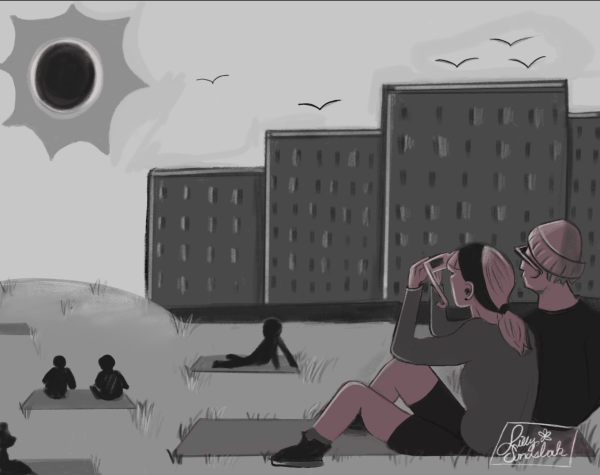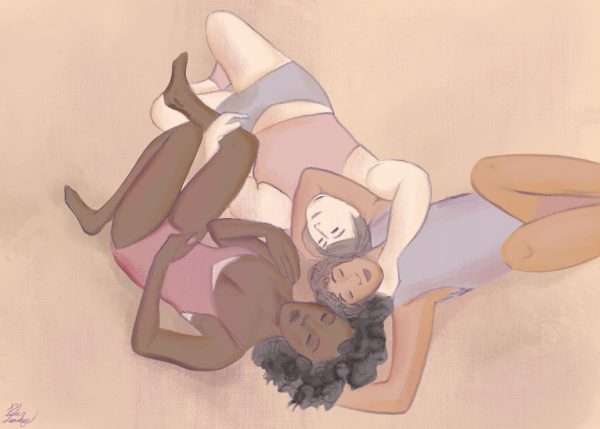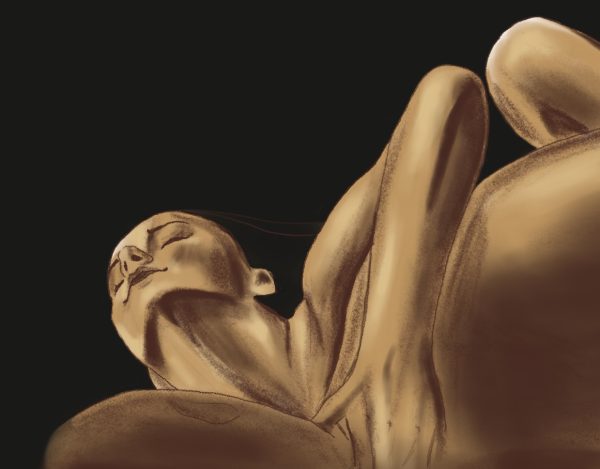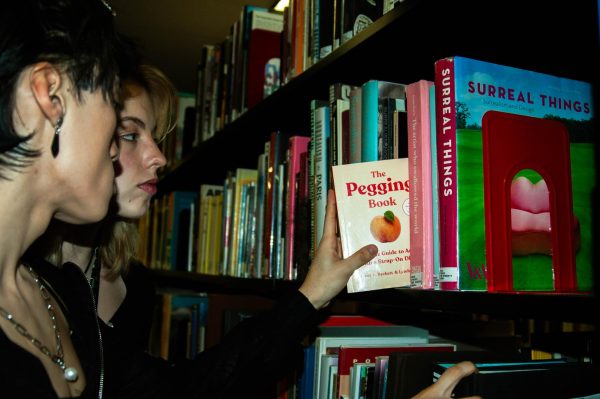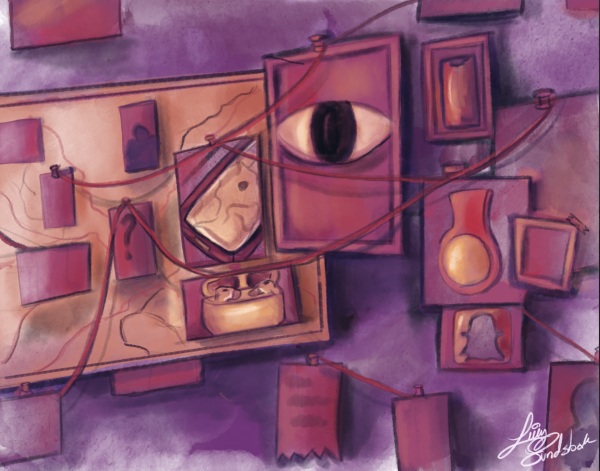Annabelle falls short of its predecessor
October 24, 2014
After James Wan’s 2013 film “The Conjuring,” the Annabelle doll remained ingrained in audiences’ minds more than any other image, becoming a small online sensation. It is no wonder Annabelle got a spin-off of her own, despite being covered rather thoroughly in “The Conjuring.” “Annabelle”manages to deliver a suitable origin story to the demonic doll, even if the film itself hardly measures up to its predecessor.
In late-1960s California, a murderous couple breaks into the house of Mia and her husband John Gordon, who are already dealing with her third-trimester pregnancy. Soon police arrive and gun the cultists down before they achieve their goal, but that’s not the end for the female cultist Annabelle. Her spirit possesses Mia’s idoll post-mortem. Using this vessel, she begins to terrorize the now bedridden Mia.
“Annabelle” forgoes the usual slow build-up that consists of moving doors and malfunctioning clocks, getting right to the exciting stuff. A mysterious house fire quickly breaks out, forcing Mia into labor. With a new baby and an intense fear of the house, Mia begs John to move and they do, settling into an apartment closer to his job. Unusual phenomena return, and it becomes clear that the doll is possessed by something far more sinister than the average ghost and it has one desire—the soul of their daughter.
Woven within “Annabelle is the theme of changing times, of the old-fashioned world dying away in place of a new, harsher one. Avoiding strangers, locking doors and seeing terrifying news reports are commonplace now but were intruding realities for many in suburban areas at the time. Typical paranormal films create character conflict by having the couple fight over whether or not the supernatural events are real, but John believes Mia relatively quickly, leaving plenty of time for far more realistic arguments over the demanding hours of John’s job and how to raise their child. This, combined with the aforementioned theme, makes Annabelle better orchestrated than the average horror film.
Annabelle’s director, John R. Leonetti—previously the cinematographer on “The Conjuring” and “Insidious”—clearly mimics Wan’s style of doing jump scares. Not only does Wan make sure they are earned through plenty of atmosphere, but he tends to be clever about them. He plays with audiences’ expectations of when the jump will occur in a scene, catching viewers off guard by having it come in a different way or at a different time.
Leonetti tries but fails to do this style justice. “Annabelle” rarely builds up enough atmosphere to properly creep viewers because of its insistence on delivering scares too quickly. The film does manage to be occasionally clever, employing unconventional scare tactics. In one scene, Mia is in the basement, running away from the entity she just saw. She makes it to the elevator and slams on the button. The doors close, pause and then open again, but audiences are too wrapped up in her reaction to notice that the elevator has not gone anywhere. She mistakenly almost walks out, then slams on the button again. The doors close, pause, and open again. Unable to see anything out of the doors but an inky abyss, the tension rises as she tries again. The same thing happens, and it becomes clear to both her and the viewer that she will have to run across the basement to get to the stairs. Like a child turning off a light before diving into bed, she runs wildly into the shadows and unexpectedly emerges into the staircase. For this scene to build up so well and not pay off is highly unusual but it is immensely effective.
While it would be nice to say all of the film’s jumps are earned, it unfortunately has its share of cheap scares relying purely on loud sounds and objects leaping at the screen. The more clever scares, although infrequent, are memorable and come to mind just before bed.
Scares are not the only thing that manages to be clever, as the plot itself has a few unexpected twists and turns along the way. “Annabelle” may be a tad slow at times, but it is never boring and its climax has a genuinely thrilling couple of minutes.
With its decent characters, adequate story and better-than-average scares, “Annabelle” stumbles into the realm of “worth seeing.” Compared to the rather lackluster horror films slated for the rest of the month, it shines brightly as the best choice for a Halloween horror fix.







